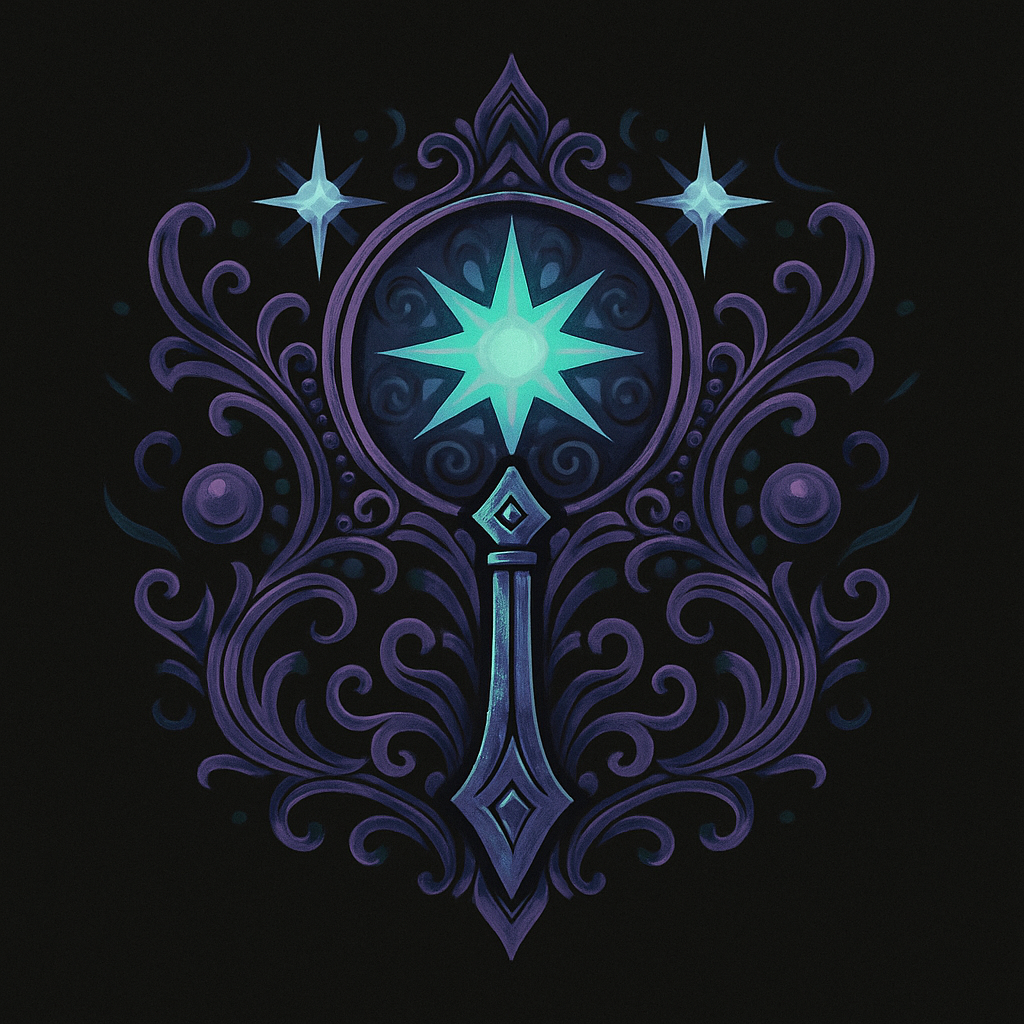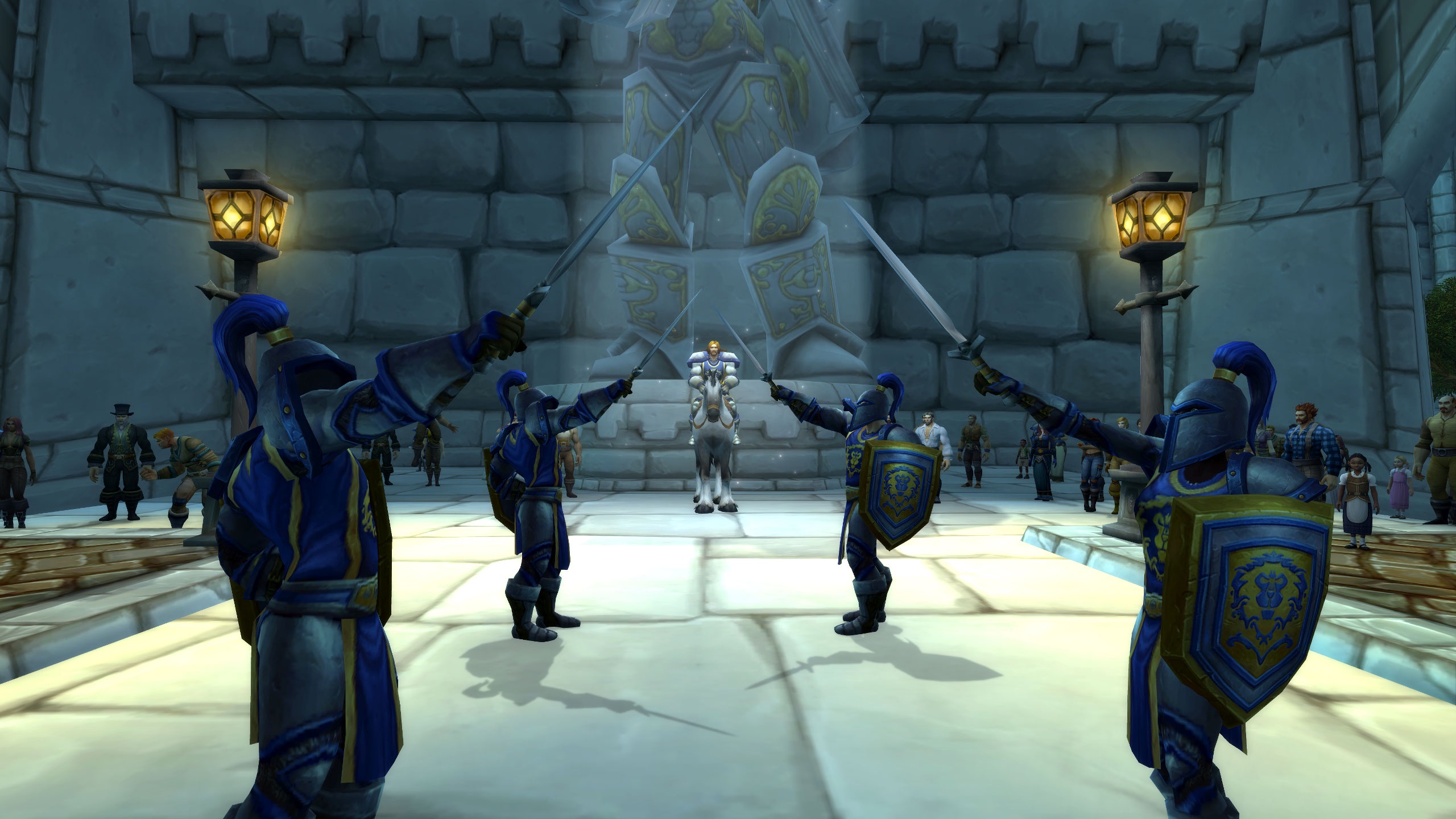In World of Warcraft, understanding the centuries-old feud between the Alliance and the Horde is vital. Your success hinges on mastering battleground strategies, like strategic positioning, capturing flags, and controlling resources. Know your faction’s history and leaders; this knowledge shapes your gameplay and allegiance.
In PvP, adapt your strategies in real time, manage resources wisely, and always aim for territorial control. Engaging in faction-specific battles not only boosts your prestige but also deepens your immersion in WoW’s saga. As you navigate through these ancient conflicts, you’ll uncover strategies that could swing the balance of power in your favor.
Key Takeaways
- Faction rivalry, rooted in ancient conflicts, fundamentally shapes WoW’s narrative and player experience.
- Strategic battlegrounds and territory disputes between Alliance and Horde influence gameplay and player strategies.
- Faction leaders and their lore are central to understanding each faction’s identity and motivations.
- Alliance and Horde fights foster a sense of belonging and rivalry, enhancing the community and multiplayer dynamics.
- Evolving warfare mechanics and world PvP encounters underscore the importance of faction allegiance in gameplay and storytelling.
Origins of Faction Rivalry
At the core of WoW, the faction rivalry stems from ancient conflicts and deep-seated mistrust between the Alliance and the Horde. You’ve got to comprehend, the faction origins aren’t just about who’s maneuvering through the game. They’re rooted in historical feuds that span centuries, with each side believing they’re the rightful custodians of Azeroth.
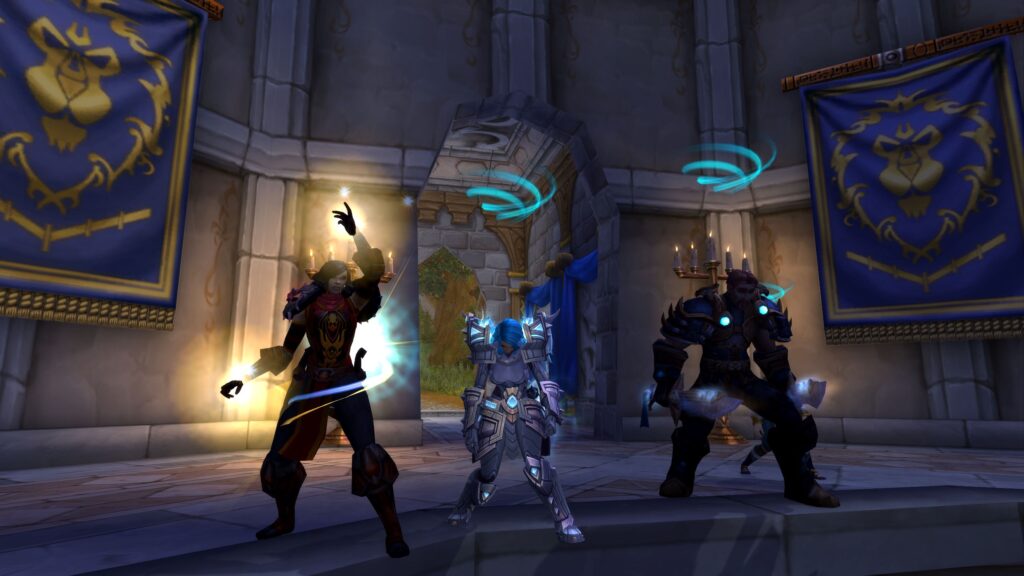
Now, when you’re traversing through the game, you’ll notice political tensions aren’t just for show. They influence quests, alliances, and even which characters you can trust. Cultural clashes and ideological differences aren’t just lore—they affect gameplay. You’ve got to strategize around these elements, using them to your advantage in negotiations or in planning your next move.
Territory disputes? They’re the bread and butter of WoW. Knowing the ins and outs of these skirmishes can make or break your campaign. And it’s not just about brute force. Understanding each faction’s military strategies can give you the upper hand, whether you’re planning a surprise attack or a strategic retreat.
Key Battlegrounds Explored
Delving into WoW’s key battlegrounds, you’ll find that these zones aren’t just areas to conquer, but pivotal points that shape the ongoing conflict between the Alliance and the Horde. Strategic positioning within these battlegrounds can turn the tide of war, underscoring the importance of territorial control. Whether it’s capturing flags or dominating resources, your success hinges on understanding the lay of the land and mastering the art of resource management.
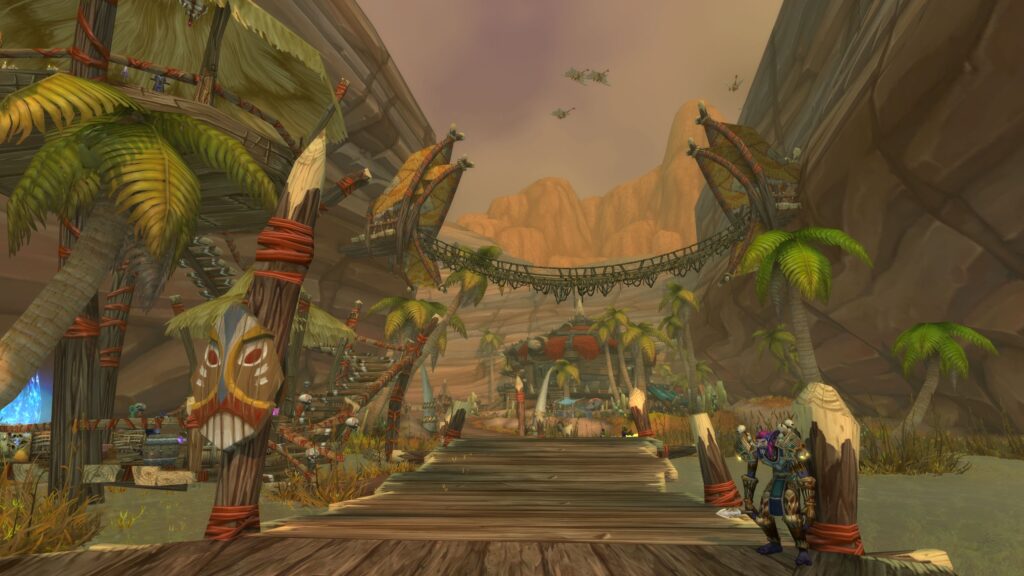
To uphold faction pride, engaging in epic battles is essential. Each victory or defeat not only contributes to your faction’s prestige but also to the delicate balance of power that keeps the game dynamic and engaging. It’s in these battlegrounds that the essence of faction pride truly comes to life, lighting a fire under players to push their limits for the glory of their side.
Achieving faction balance is a continuous challenge, requiring not just individual skill but the ability to form tactical alliances. Collaboration with your teammates ensures that efforts are not wasted and that every attack and defense move is a step toward victory. Embrace the spirit of teamwork, and you’ll find that even the most challenging of enemies can be defeated with well-planned strategies and a united front.
Faction Leaders and Lore
The faction leaders in WoW, each with their own rich backstory, play a pivotal role in shaping the game’s narrative and the ongoing conflict between the Alliance and Horde. These characters aren’t just figureheads; they’re central to the political intrigue and faction conflicts that keep you coming back for more. Understanding their lore backstories enhances your grasp of faction identity, deepening your connection to the world and its ongoing saga.
As you navigate through WoW, you’ll notice how faction leaders influence player allegiances and faction pride. Each leader’s decisions can shift the balance of power, impacting your gameplay and strategy. To align yourself effectively, it’s important to explore the lore, learning what drives these leaders and how their past actions have shaped the current state of affairs.
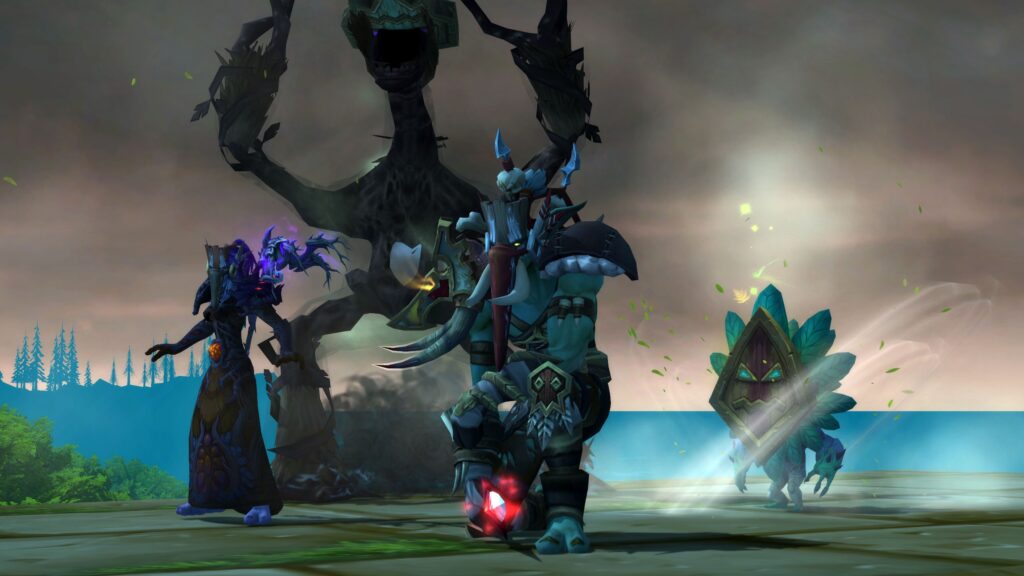
Engaging with this aspect of WoW isn’t just about picking sides; it’s about immersing yourself in a world where faction identity matters. By appreciating the depth of faction leaders’ backstories, you’ll find yourself more invested in the outcome of faction conflicts, making every quest, battle, and alliance more meaningful. So, immerse yourself in the lore, understand your leaders, and let your faction pride shine.
Impact on Player Communities
Understanding the impact of WoW factions on player communities, you’ll quickly notice how they foster a sense of belonging and rivalry that enhances the gaming experience. Faction camaraderie is a pivotal aspect, where you’re not just a player; you’re part of a collective with shared goals and enemies. This solidarity is vital, especially when facing in-game discrimination, a reality that can be challenging but also motivates tighter bonds within factions.
Faction pride plays a significant role, with Alliance loyalty and Horde unity being more than just in-game concepts. They influence how you interact, strategize, and even socialize outside the game. The sense of identity these factions provide can’t be understated, making every victory sweeter and every defeat a call to rally.
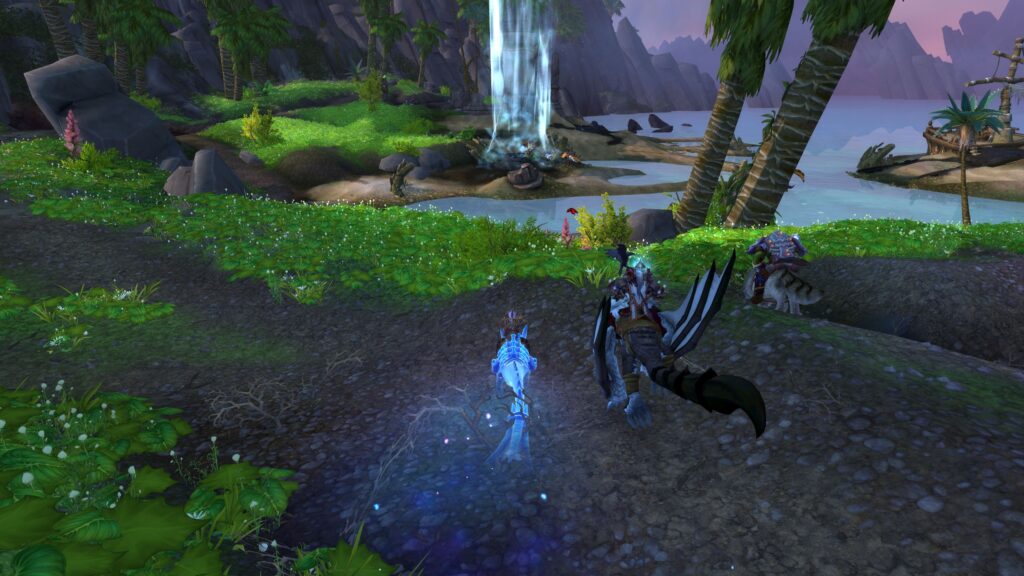
However, this divide also leads to faction conflict, sometimes spilling over into player segregation. It’s a double-edged sword that enhances the game’s depth but can create rifts in the broader community. Mastering these waters is part of the WoW experience, requiring diplomacy and understanding to maintain a balance between healthy rivalry and mutual respect.
Evolving Warfare Mechanics
WoW’s warfare mechanics have undergone significant changes, offering you new strategies and challenges in your quest for faction dominance. With the incorporation of real-time strategy elements, you’re now faced with managing resources and troops in a way that feels more dynamic and engaging. It’s not just about individual prowess anymore; it’s about how well you can lead and strategize.
The game has made significant strides in ensuring faction balance, making sure that world PvP encounters are vital, yet fiercely competitive. Territorial control has become an essential aspect, with zones and key locations acting as battlegrounds for supremacy. This shift towards siege warfare requires you to not only be adept in combat but also in planning and executing large-scale attacks or defenses.
To bolster faction pride and unity, Blizzard has introduced various community events that encourage players to band together and fight for their faction. These events aren’t just for show; they have tangible impacts on the game world, further immersing you in the ongoing conflict.
Frequently Asked Questions
How Do Faction Choices Affect Individual Player Progression and Opportunities Within the Game?
Your faction choice affects quest availability, access to PvP arenas, and achievement reveals. You’ll face class restrictions, get faction-exclusive mounts, and notice gear aesthetics and language barriers differ, impacting how you progress and what opportunities you find.
What Are the Most Significant Ways That the Alliance and Horde Factions Have Influenced Wow’s In-Game Economy?
You’d be surprised to learn that 60% of the Auction House’s economy is driven by the conflict between factions. Their control over trade routes and crafting materials directly impacts gear prices and economic balance, leading to market monopolies.
How Have Cross-Faction Interactions and Relationships Been Portrayed in Wow’s Narrative Outside of Combat and Conflict?
You’ve seen peaceful coexistence through cultural exchanges, diplomatic missions, and even intermarriage stories. Shared threats often lead to joint ventures, highlighting cross-faction friendships that go beyond the battlefield, weaving a richer narrative in WoW.
What Role Do Neutral Factions and Cities Play in the Dynamics Between the Alliance and Horde?
Neutral factions and cities are the unsung heroes, quietly orchestrating peace in a world torn apart. They foster faction neutrality, enable shared territories, and champion diplomatic quests, turning battlegrounds into hubs of inter-faction trade and cultural exchanges.
How Has the Community’s Perception of Faction Rivalry Evolved With the Introduction of New Expansions and Content Updates?
You’ve seen how PvP battlegrounds, lore debates, and expansion reactions shifted the community’s view. Server identity, community events, and social media wars fueled faction pride, evolving the rivalry beyond just gameplay into a cultural phenomenon.
Conclusion
As you’ve journeyed through the annals of Azeroth’s history, you’ve seen how the Alliance and Horde have carved the landscape with their battles, much like rivers shaping the valleys. This eternal conflict is the forge upon which the world of Warcraft is hammered, shaping heroes and legends from the sparks of warfare. Your place in this saga awaits, whether you rally under the lion’s banner or the orcish crest. Choose your allegiance wisely, for it’s not just a side you pick, but a destiny you embrace.
Back to our Blog!
